Thoughts on my garden layout
misterpatrick
12 years ago
Related Stories
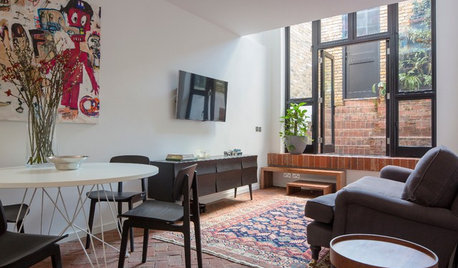
SMALL HOMESHouzz Tour: Thoughtful Design Works Its Magic in a Narrow London Home
Determination and small-space design maneuvers create a bright three-story home in London
Full Story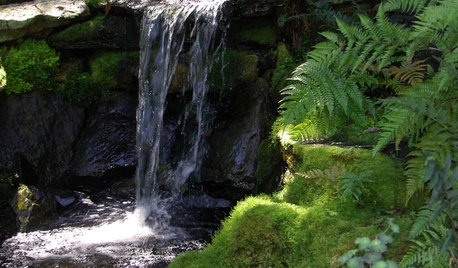
LANDSCAPE DESIGN9 Ideas for Thoughtful Gardening in 2014
Start the year with a new way of thinking about your yard. Does one of these garden experiences sound good to you?
Full Story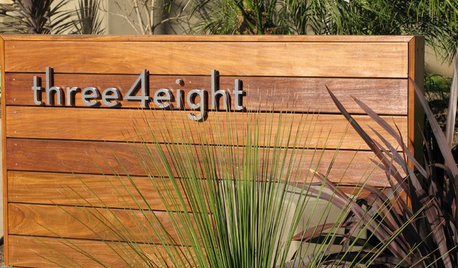
CURB APPEAL7 Finishing Touches for a Thoughtful Front Yard
Make a great first impression with artful house numbers, water features, garden art and more
Full Story
LIVING ROOMS8 Living Room Layouts for All Tastes
Go formal or as playful as you please. One of these furniture layouts for the living room is sure to suit your style
Full Story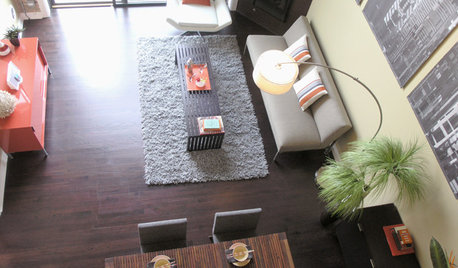
DECORATING GUIDESHow to Plan a Living Room Layout
Pathways too small? TV too big? With this pro arrangement advice, you can create a living room to enjoy happily ever after
Full Story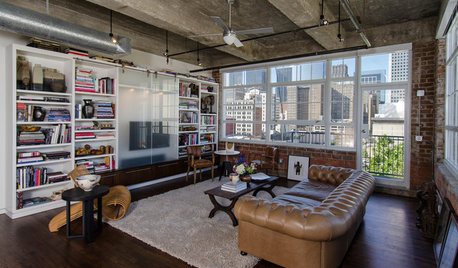
HOUZZ TOURSHouzz Tour: Stellar Views Spark a Loft's New Layout
A fantastic vista of the city skyline, along with the need for better efficiency and storage, lead to a Houston loft's renovation
Full Story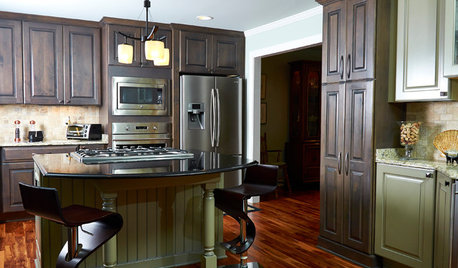
KITCHEN MAKEOVERSKitchen of the Week: Rich Materials, Better Flow and a Garden View
Adding an island and bumping out a bay window improve this kitchen’s layout and outdoor connection
Full Story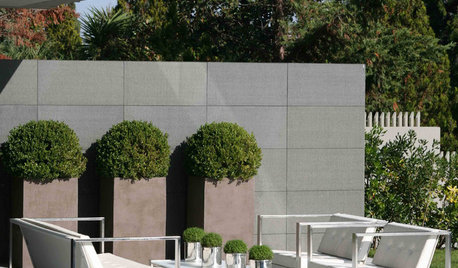
LANDSCAPE DESIGNSimple Container Plantings for Intriguing Garden Design
Beyond mere decoration, thoughtfully chosen pared-down pots and plants can be integral to interest in the garden
Full Story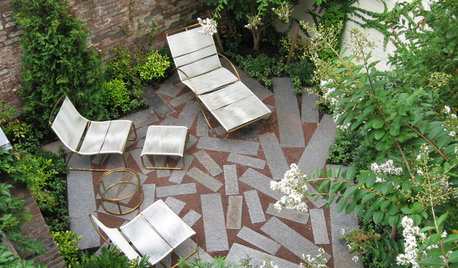
URBAN GARDENSUnwind in an Enclosed Garden Sanctuary — Outdoors or In
Refresh your spirits amid the beauty of a walled garden or an interior courtyard designed with thoughtful plantings
Full Story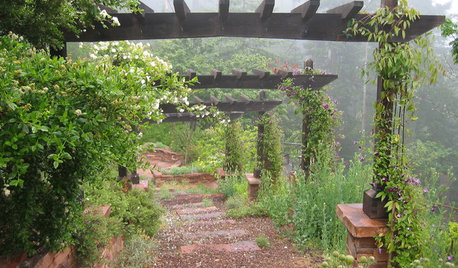
LANDSCAPE DESIGN3 Essential Elements of an Artful Garden Path
Make getting there half the fun with this insight from a landscape architect on designing a thoughtful path
Full Story








planleaf3
misterpatrickOriginal Author
Related Professionals
Lyons Landscape Architects & Landscape Designers · Norton Shores Landscape Architects & Landscape Designers · Quincy Landscape Architects & Landscape Designers · Tomball Landscape Architects & Landscape Designers · Belvedere Park Landscape Contractors · El Reno Landscape Contractors · Goodlettsville Landscape Contractors · Mastic Beach Landscape Contractors · Parkland Landscape Contractors · Petaluma Landscape Contractors · San Carlos Park Landscape Contractors · Selden Landscape Contractors · Shafter Landscape Contractors · Daphne Driveway Installation & Maintenance · Fremont Driveway Installation & Maintenanceskeip
ralleia
misterpatrickOriginal Author
elisa_z5
misterpatrickOriginal Author
bi11me
flora_uk
misterpatrickOriginal Author
bi11me
nancyjane_gardener
bi11me